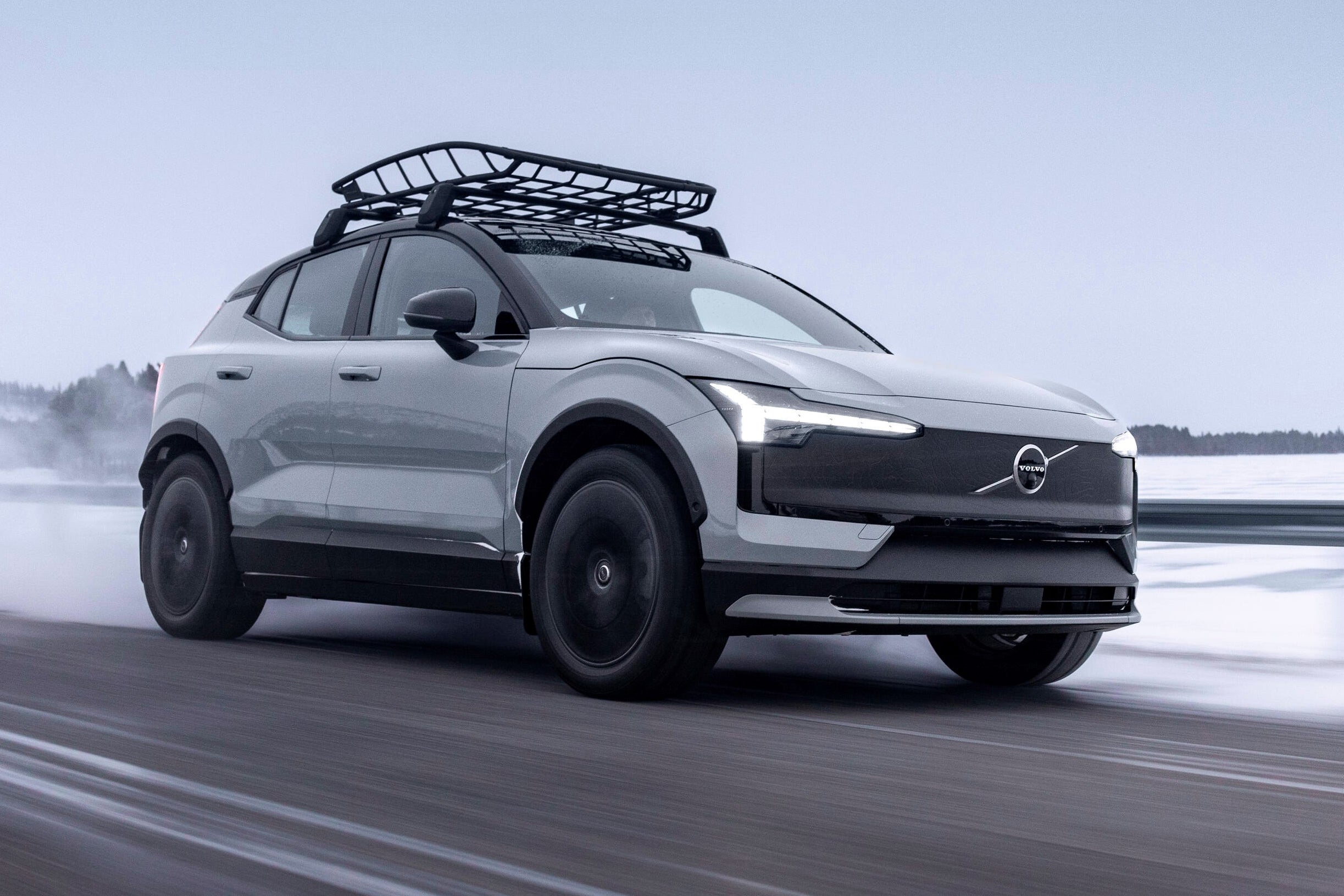Volvo EX30 Cross Country Review 2025: Price, specs & boot space
Written by Ivan Aistrop
Quick overview
Pros
- Comfy ride
- Stylish looks
- Lots of power
Cons
- Way more power than it needs, in truth
- Ludicrously expensive
- Cramped inside
Verdict: Is the Volvo EX30 Cross Country a good car?
"If you like what the Volvo EX30 is peddling, then should you buy the regular version, or this more rugged Cross Country version? Find out in our 2025 Volvo EX30 Cross Country review."
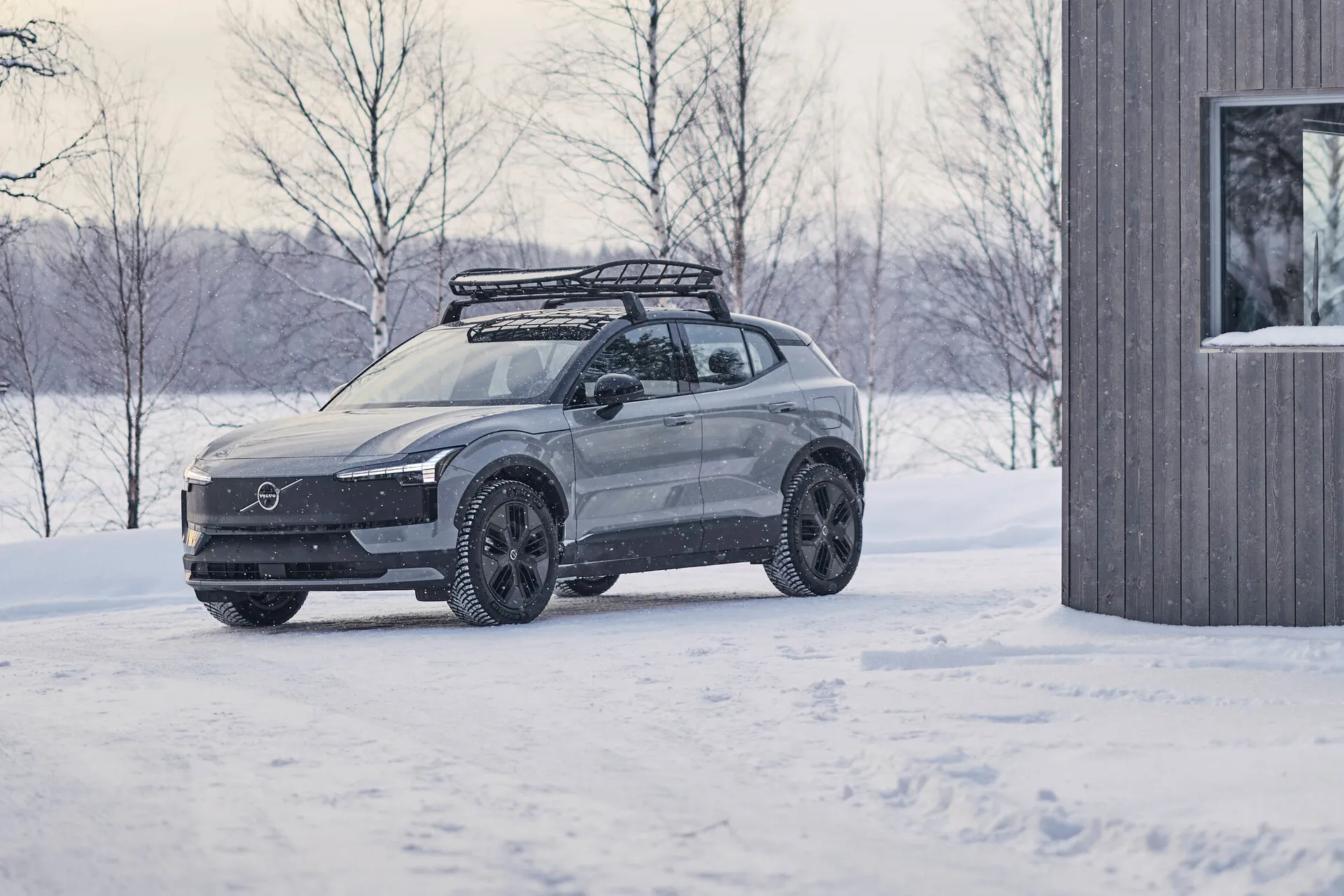
Volvo has been offering Cross Country models for decades now, ever since the first one arrived in 1997 as part of the V70 range. And the formula has remained pretty constant throughout: take a regular estate car, and jack up the suspension and add chunkier bumpers and some extra body cladding to make it look a little more like a rugged SUV.
That makes the latest addition to the Cross Country ranks a little odd, then. Why? Well, because the Volvo EX30 is already an SUV, so making it look more like an SUV seems a little, well, pointless. Regardless, there will be some buyers who find the more rugged styling desirable.
Aside from the styling touches (these include a new front bumper with black panelling and revised chin spoiler, larger alloy wheels and wheel arch extensions, plus a dark plastic panel on the bootlid), the Cross Country’s ride height has also been jacked up to give a taller stance, and a comfier ride.
Apart from that, though, there’s very little to separate the Cross Country from the regular EX30: it has the same modern design, strong refinement and relaxed driving manners, but it also has the same drawbacks, such as an over-reliance on touchscreen technology, questionable quality in places, and limited practicality.
One thing that does separate the Cross Country from the rest of the EX30 range, though, is the price. While the regular EX30 can be had with more modest powertrain and trim options, the Cross Country - for now at least - only comes in range-topping Twin Motor Performance Ultra form, and that makes it extremely expensive.
Is the Volvo EX30 Cross Country right for you?
If we’re honest, the Volvo EX30 Cross Country doesn’t give you a great deal more than the regular version of the EX30, which has a much lower starting price due to the availability of much more sensible powertrain and trim level options. You get slightly chunkier looks and a slightly softer ride, but that’s about it.
What's the best Volvo EX30 Cross Country model/battery to choose?
Well, that’s nice and easy because, for now at least, there’s only one version of the Cross Country available. Compared with the regular EX30, that happens to be the top-of-the-range version, with the most powerful 428PS Twin Motor Performance powertrain, and the most salubrious Ultra trim level. That all makes the Cross Country very expensive, though.
What other cars are similar to the Volvo EX30 Cross Country
There are plenty of small electric SUVs from luxury brands out there - cars like the Audi Q4 e-tron, BMW X1, Mercedes EQA and Lexus UX300E - but none of them are quite this small. In terms of size, the Volvo EX30 Cross Country has more in common with the Smart #1 (with which it shares a platform), the Renault Megane E-Tech, the Peugeot e-2008 and the Vauxhall Mokka Electric.
Comfort and design: Volvo EX30 Cross Country interior
"Volvo’s interior design has been one of the brand’s selling points in recent years, and the EX30 looks just as stylish as we’ve come to expect, with a very modern and sophisticated look."
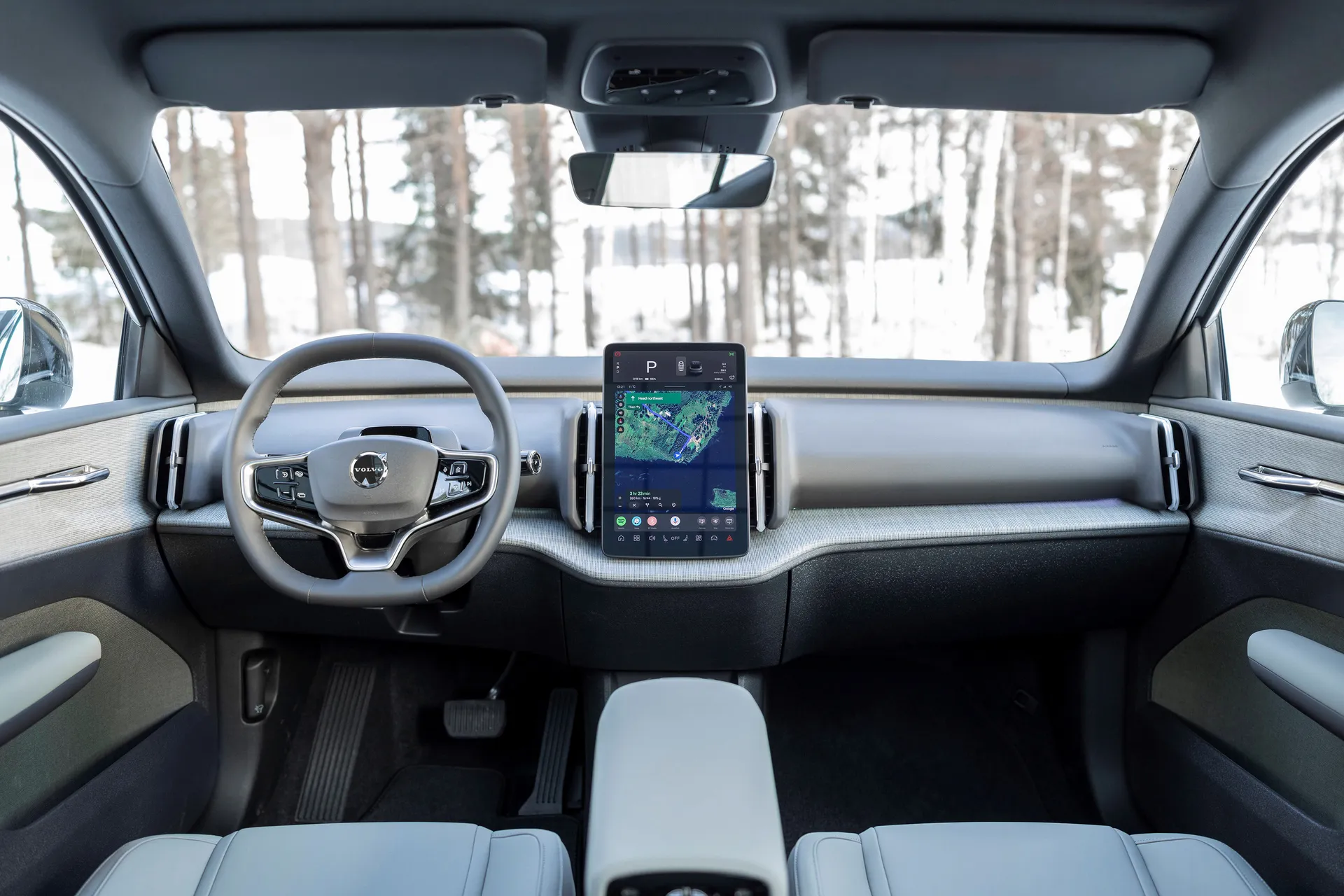
Beauty often comes at a cost, though, and that’s certainly the case here. The minimalist approach to the EX30’s interior design means that there’s very little switchgear to speak of (almost none, in fact), and so almost all of the car’s functions have to be operated by the touchscreen, or the steering wheel buttons, or a combination of both. We’ll go into that in more detail in the infotainment section below, but suffice it to say here that it can be utterly bamboozling.
Seat design has long been a strong point for Volvo, too, and in the EX30, they’re as good as ever, with support in all the right places, plus a huge amount of all-electric adjustment. There’s a good amount of movement in the steering column, too, so finding a comfy driving position should be easy for everyone.
However, rear visibility is not so hot. A small rear window, flanked by thick rear pillars, means that your over-the-shoulder view is very hampered. It’s just as well, then, that front- and rear parking sensors, plus a 360-degree camera system, come as standard.
Quality and finish
The Volvo EX30 Cross Country is a bit of a mixed bag in this area. At first glance, the materials used inside the car have enough lustre to continue the wow-factor started by the car’s cool interior design. The dashboard has a squidgy soft-touch covering, while there are enough glossy finishes and metallic trims to keep things feeling high-end. Depending on how you spec your car, the dashboard and door-tops get textile finishes of different textures to zhuzh things up even more.
However, look a bit lower - and you don’t have to look far - and you’ll find cheaper plastics that slightly betray that premium impression. Even the lower portion of the dashboard has a disappointingly hard and grainy feel, and the lower you go, the further the quality of the materials deteriorates.
It’s no worse than in the regular EX30, but that car is available at a much cheaper price point than the Cross Country, so it feels more forgivable. With the Cross Country only available in high-end form, it’s very expensive, and for the money you pay, the interior quality feels that bit more underwhelming.
Infotainment: Touchscreen, USB, nav and stereo in the Volvo EX30 Cross Country
Let’s start with the good bits. The Cross Country has all the infotainment functionality you expect, plus a bit more you probably won’t. Through the 12.3-inch central touchscreen, you have access to DAB radio, the standard Harman Kardon Premium Sound system, and the Wireless Apple CarPlay, plus there’s also wireless phone charging and a bunch of USB-C ports front and rear. And, because is uses a version of Google's Android Automotive, you also get to download apps from the Google Play store, your sat-nav is powered by Google Maps, and you also have integrated Google Assistant.
The screen looks good, too, with graphics that are sharp and modern, plus slick screen transitions.
However, there are numerous issues with the system, many of which stem from the fact that the central screen is pretty much your only interface with most of the car’s functionality. Firstly, it looks cluttered, with far too many small on-screen icons being displayed. That’s not helped by the fact that the screen also has to display your essential driving information (speed, battery level and such), because there’s no separate instrument panel behind the steering wheel. It also means you have to look further away from the road to digest this information, causing the car’s driver attention function to bong at you at any given opportunity. This also causes a message of admonishment to be displayed on the central screen, cluttering it up even further.
The complexity of the system also means that many of the menu structures are too convoluted. Even super-basic functions, such as demisting the rear window, are buried a couple of layers down, and more specialised functions require you to delve deeper and deeper.
What’s more, there are some functions that simply don’t belong on a touchscreen. Even opening the glovebox requires seeking out and tapping an on-screen icon, which is so much more of a faff than the simple catch that’s done the job in cars for several decades. Even adjusting your door mirrors requires you to seek out the appropriate function on the touchscreen, whereupon you make your inputs with arrow keys on the steering wheel. It all takes around four times longer than if you simply had conventional control.
And aside from having an utterly bamboozling user interface, you’ll also find that the screen sensitivity is pretty rubbish, so many instructions will take repeated finger-jabs, because the first one (or two, or three, or four...) didn’t register.
Space and practicality: Volvo EX30 Cross Country boot space
At first glance, the EX30’s styling might have you thinking that it’s a bigger car than it really is. With dimensions of 4,233mm long, 2,040mm wide (including door mirrors) and 1,567mm tall, it’s actually pretty dinky.
Happily, this doesn’t come across in the front seats, with plenty of space to stretch out for tall folk, and lots of travel in the seat adjustment. You’ll also find that there’s lots of storage space up front, with numerous roomy nooks and crannies for stowing stuff away. The centrally mounted glovebox is a novel touch, too.
However, the car’s dinky dimensions can be felt in the back, where space feels distinctly tight. A six-foot passenger will fit, but their knees will be wedged into the backrests of the front seats, and their head will be hovering very close to the glass of the panoramic roof. You won’t want to try squeezing a third passenger across the rear bench, either, because the cabin is too narrow for that.
The boot, too, is decidedly on the small side, with just 318 litres of loadspace. This gets even worse if you specify your car with the optional spare wheel, shrinking the space available to just 234 litres. Still, there’s a 19-litre load compartment under the bonnet where you can keep your charging cable, so at least the little luggage space you have won’t be reduced further by that.
Despite the boot not being very big, it is quite well designed. There’s very little load lip to get in your way when hauling in heavy items, and when the 60/40 split folding rear seats are dropped, they lie pretty much flat.
Handling and ride quality: What is the Volvo EX30 Cross Country like to drive?
"While much of the Cross Country treatment amounts to the addition of plastic cladding and chunkier bumpers, there is a bit more to it under the skin. The Cross Country’s suspension has also been given a raised ride height."
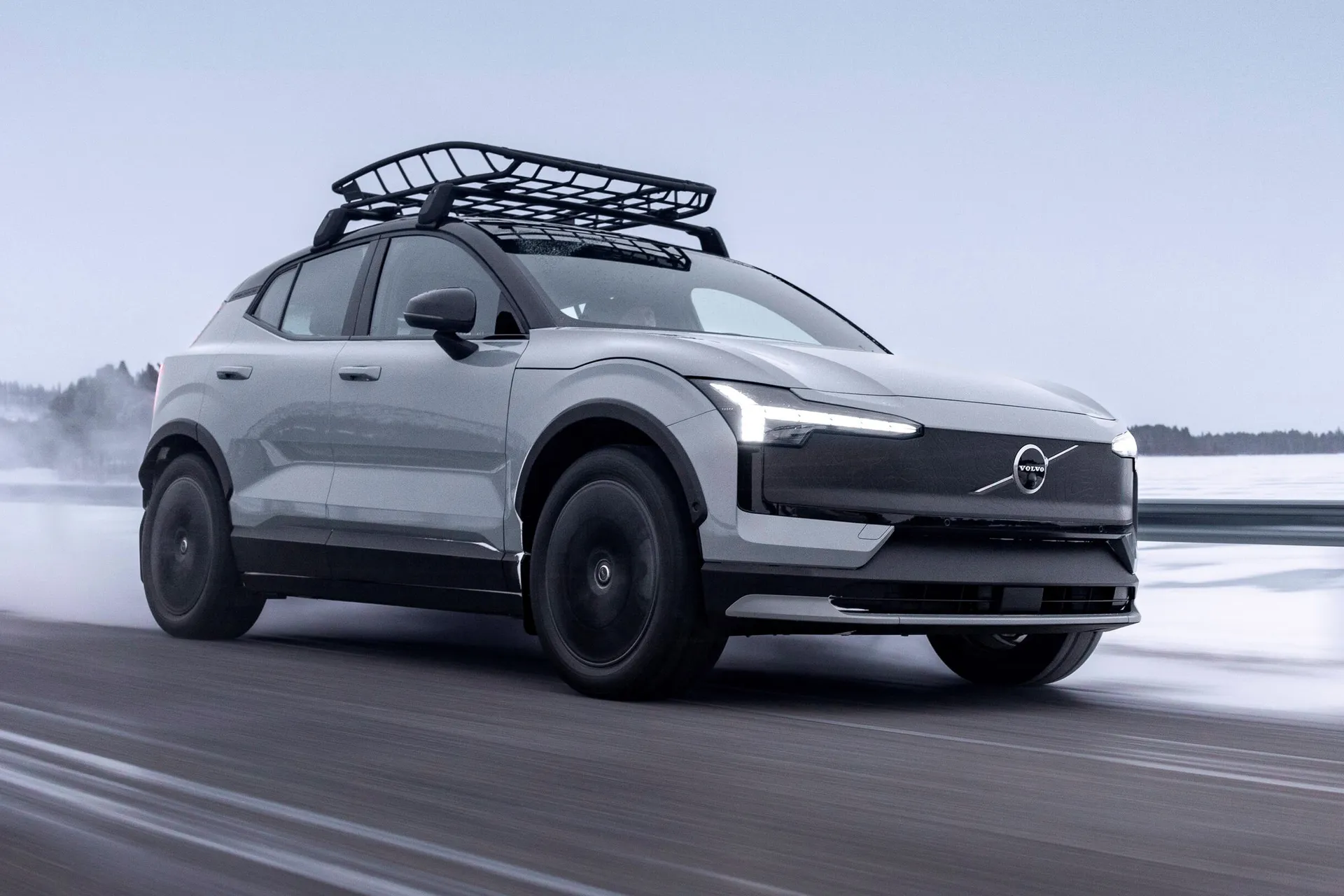
And sure enough, you can feel the effect of this on the road, as it has a softer, more relaxed feel than the regular EX30. On most sorts of road, the ride comfort is excellent, soaking up most lumps and bumps without fuss, often to the point where you don’t even notice them. Around town especially, this is one of the most comfortable cars of its type, and it’s great on the motorway, too.
The only slight issue comes when there’s more undulation to the road you’re on. You feel quite a lot of vertical movement in the suspension, and the body of the car can bob up and down in a manner that might have some passengers feeling a little queasy after a while.
Despite that loose body control, though, the EX30 doesn’t go to pieces when it encounters a corner. Body roll is evident but not unreasonable, and the four-wheel-drive powertrain delivers plenty of grip and traction. The steering, meanwhile, is rather light, but it’s also responsive and predictable enough. The Cross Country is certainly not the type of car you’ll want to hurl around with abandon, but neither should it be.
What motors and batteries are available in the Volvo EX30 Cross Country?
For now at least, the EX30 Cross Country is only available with the most powerful of the regular EX30’s electric drivetrains, known as the Twin Motor Performance. As the name suggests, you get a pair of electric motors - one on each axle to give four-wheel drive - that combines to give a total power output of 428PS, while maximum torque stands at 543Nm.
Now, that’s loads, enough to make this teeny SUV capable of covering the 0-62mph dash in just 3.7 seconds. And sure enough, it has the sensation to match. Pin the throttle and, whether you’re pulling away from a standstill or picking up speed on the move, it feels like a bomb going off, such is the violence of your surge forwards.
If anything, we’d probably argue that it’s too fast. The full-throttle experience actually borders on feeling unpleasant, and besides, how quickly do you really need to go in your teeny SUV? We look forward to a day - if it comes - where the Cross Country is offered with more modest powertrain options that trade a bit (well, quite a lot) of performance for a bit more range.
Volvo EX30 Cross Country range: How far can you travel on a charge?
The EX30 Cross Country has a 69kWH battery pack, 65kWH of which is usable capacity. According to official WLTP figures, this gives it a combined range figure of up to 265 miles.
All the usual EV caveats apply, though. You might get a bit more if your journeys are limited solely to the city, but as soon as you hit a motorway, you’ll see your returns plummet through the floor. The latter will also happen in cold conditions, but at least the EX30 Cross Country comes with a standard heat pump to make the most of its cold-weather range. In mixed use, we’d bank on getting around 200 miles from a full charge, even in favourable conditions.
Refinement and noise levels
There’s very little to complain about in this area. The motors whisk you along in near-silence, even when you’re going like the clappers, and wind noise and road noise are also very well isolated from the cabin at all speeds. That makes the EX30 Cross Country a very peaceful way to get around.
Safety equipment: How safe is the Volvo EX30 Cross Country?
This is an area in which you’d expect any Volvo to excel, and the EX30’s Euro NCAP rating of five (out of five) stars would suggest that the firm’s peerless reputation in this area has been upheld.
As you’d expect, there’s bags of safety tech on board as standard, including a whole suite of driver assistance systems. These include adaptive cruise control with traffic jam assist, blind spot monitor, driver fatigue monitoring, front- and rear cross traffic alert, automatic emergency braking, pedestrian and cyclist steering avoidance, rear collision warning, run-off mitigation, lane departure warning, lane keeping aid, and lane change assist.
Our experience of that last item was rather hit-and-miss, though, and in a rather alarming way. It’s supposed to automatically facilitate a motorway lane-change for you when you indicate, when it’s safe to do so, in a controlled manner. However, we found that while it would alway start the manoeuvre reliably, it wouldn’t always end it reliably. Sometimes the car would automatically straighten itself up and keep going when the manoeuvre was complete, as it should, and other times, it would keep the automatic steering input applied after the manoeuvre was complete, sending you onto the hard shoulder - or worse, into the central reservation - if you don’t intervene. This happened on several occasions during our test drive.
And like with many such systems these days, you might find that the cacophony of bongs and beeps becomes rather annoying after a while. Turning these systems off is a bit of a faff, and thanks to European safety laws, the systems are automatically re-enabled every time you start the car.
Volvo EX30 Cross Country charging times: How much does it cost to charge?
"Most EX30 Cross Country owners will charge at home overnight on a 7kW wallbox charger, and in that instance, it’ll take around 12 hours for the car to fully replenish its battery."
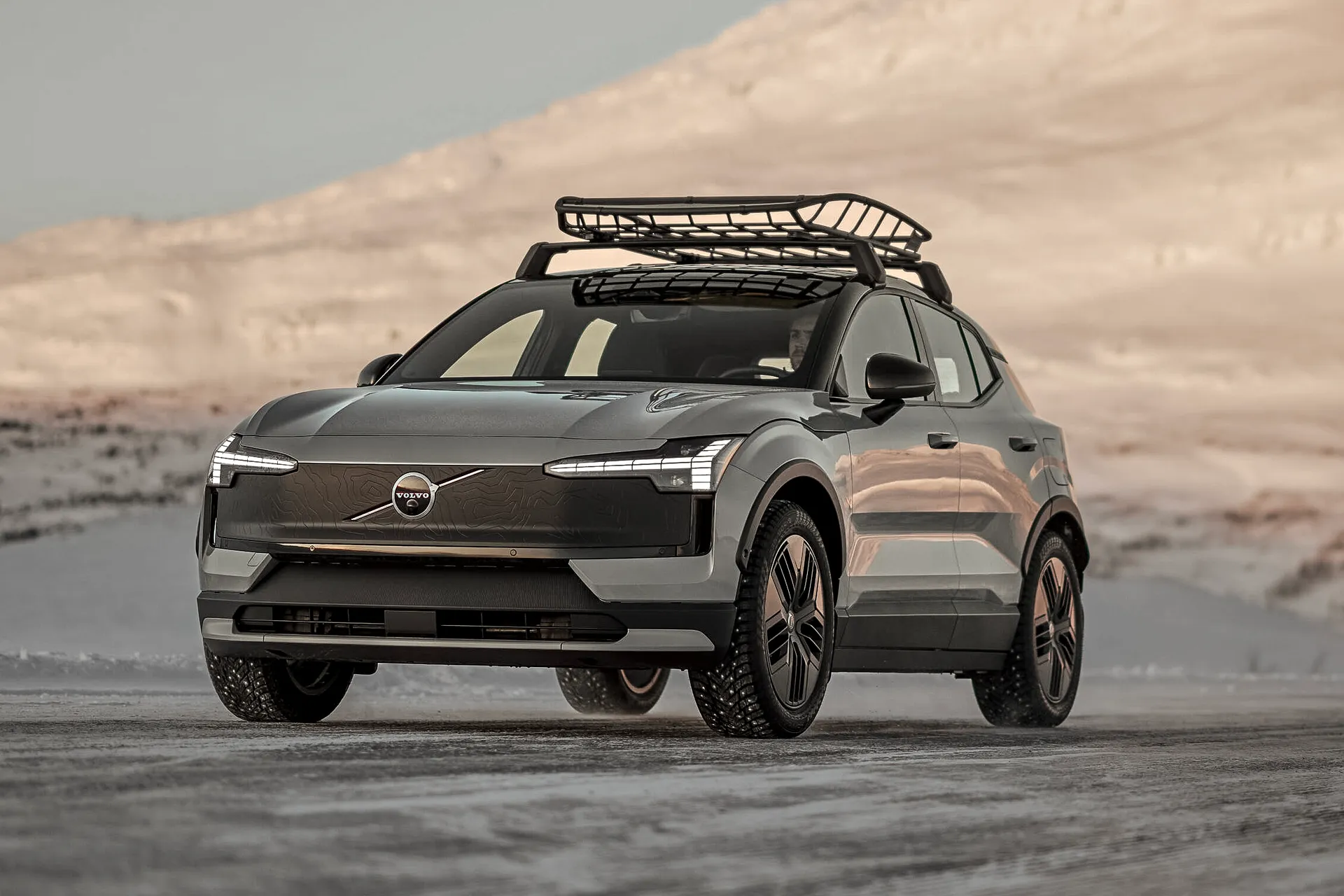
If your domestic power is billed at the UK’s national average rate, that charge will cost you around £18. However, if you do the smart thing and get yourself on a tariff that allows you to top up on heavily discounted off-peak power overnight, you can easily cut that cost in half.
If you’re in more of a hurry, or you need to charge up on the move, then the EX30 Cross Country supports DC rapid charging of up to 153kW, so in the event that you can find an appropriately powerful public charger that’s running to a sufficient capacity, you can give your battery a 10%-80% in a little under half an hour. Expect to pay handsomely for the privilege, though. Prices for DC fast-charging vary greatly, but we’d expect such a charge to cost around £45 in most cases.
Volvo EX30 Cross Country reliability and warranty
In the latest edition of the HonestJohn.co.uk Satisfaction Index, put together by our fantastic sister website, Volvo put in a fair-to-middling performance, if not exactly a brilliant one.
In the rankings for overall customer satisfaction, the brand came 11th out of the 33 manufacturers involved, which is very credible. For reliability specifically, however, Volvo placed 21st of the 33 manufacturers, so it would appear that the company’s mechanical dependability was rather less impressive to customers than its chic styling and luxury gadgets.
Something else that’s rather less than impressive is Volvo’s warranty package. The three-year, 60,000-mile cover is the bare minimum you should expect on any new car these days, and several mainstream manufacturers are offering five- seven- and even ten-year cover.
Volvo EX30 Cross Country insurance groups and costs
Because the EX30 Cross Country is only available in high-spec, high-power form, it’s very pricey to insure. It sits in insurance group 41, where group 1 cars are the cheapest to insure and group 50 cars are the most expensive. It’s fair to say premiums won’t be a snip, then.
VED car tax: What is the annual road tax on a Volvo EX30 Cross Country?
Electric cars are no longer exempt from paying VED, so the EX30 Cross Country is liable for the same £195-per-year flat car tax rate as all other cars built since 2017. It gets worse, too. Because the EX30 Cross Country costs more than £40,000 when brand new, you’ll also be lumbered with the luxury car surcharge for VED. This means that on top of your flat rate, you’ll also pay an additional £425 per year for a temporary five-year period between years two and six of the car’s life. That all adds up to quite a chunk annually.
Volvo EX30 Cross Country price
"This is probably our biggest beef with the Volvo EX30 Cross Country. Because it’s only available in the highest-spec trim levels and with the most powerful Twin Motor Performance drivetrain, the price is ludicrous, starting at upwards of £47,000. For a car that’s smaller than a Volkswagen Golf."
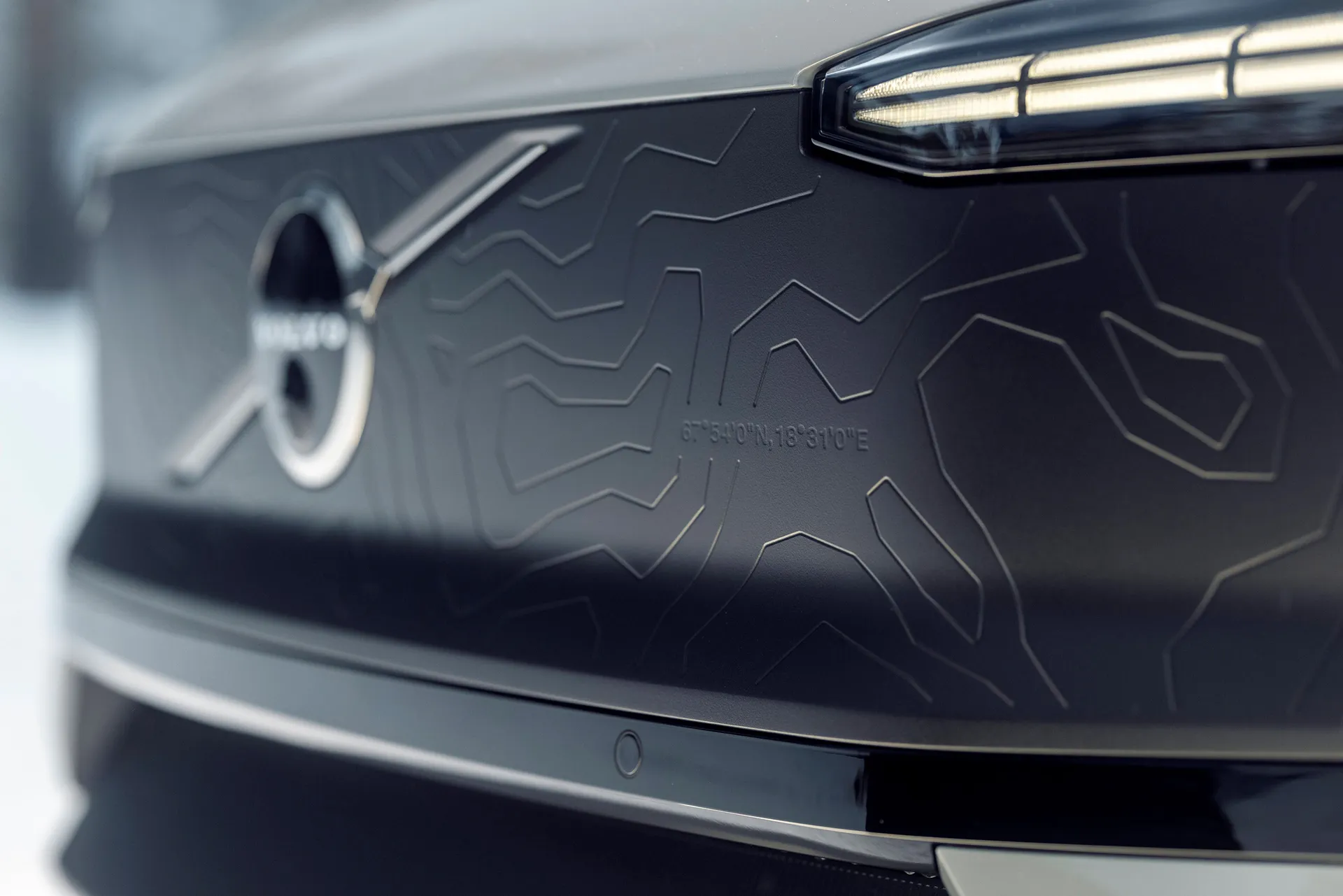
And because it’s so new, not many examples of the Cross Country have made their way down to the used car market just yet, but it shouldn’t be too long before that changes. Keep an eye out for pre-registered examples, which are cars registered by dealers to meet sales targets, which are then sold off in box-fresh condition for a significant discount. Find one, and you’ll get an as-new car, likely with double-digit delivery mileage, for several thousand pounds less than if you factory-ordered it. As an added bonus, you’ll also dodge the new-car waiting lists.
Trim levels and standard equipment
Because the Cross Country is only available in the highest-spec Ultra trim level, it comes absolutely stacked with equipment. The standard roster includes dual-zone climate control, powered and heated front seats, powered front seats, a heated steering wheel, panoramic roof, LED headlights with active high-beam, adaptive cruise control, front- and rear parking sensors, 360-degree cameras, rain-sensing wipers, part-leatherette upholstery, and a powered tailgate. Of course, that’s all on top of the infotainment and safety kit we mentioned earlier.
Ask the heycar experts: common questions
Is the Volvo EX30 Cross Country an SUV??
Is the Volvo EX30 Cross Country an electric car?
Is the Volvo EX30 Cross Country any good?
Get our latest advice, news and offers
Keep me updated by email with the latest advice, news and offers from heycar.
By submitting you agree to our privacy policy
